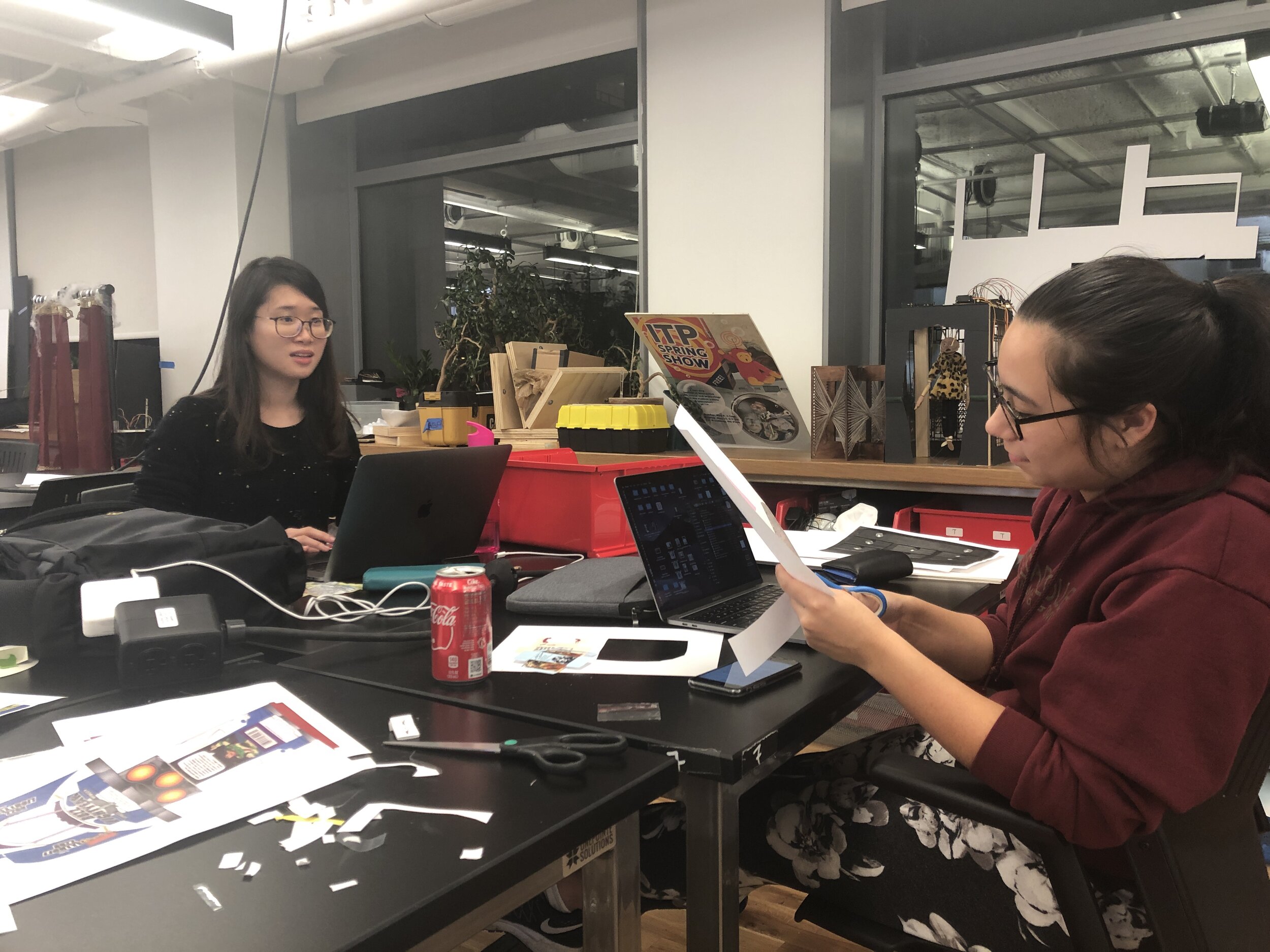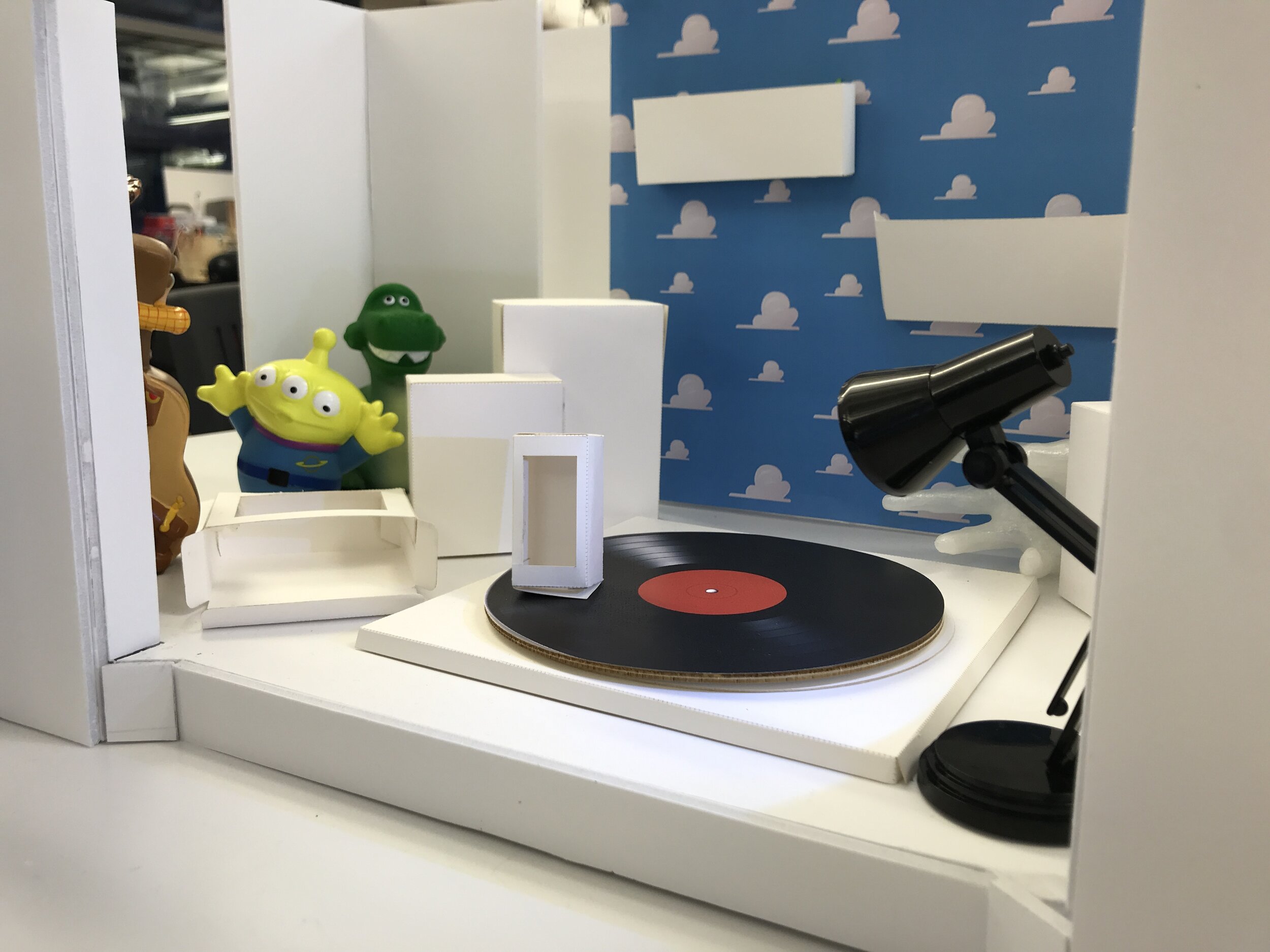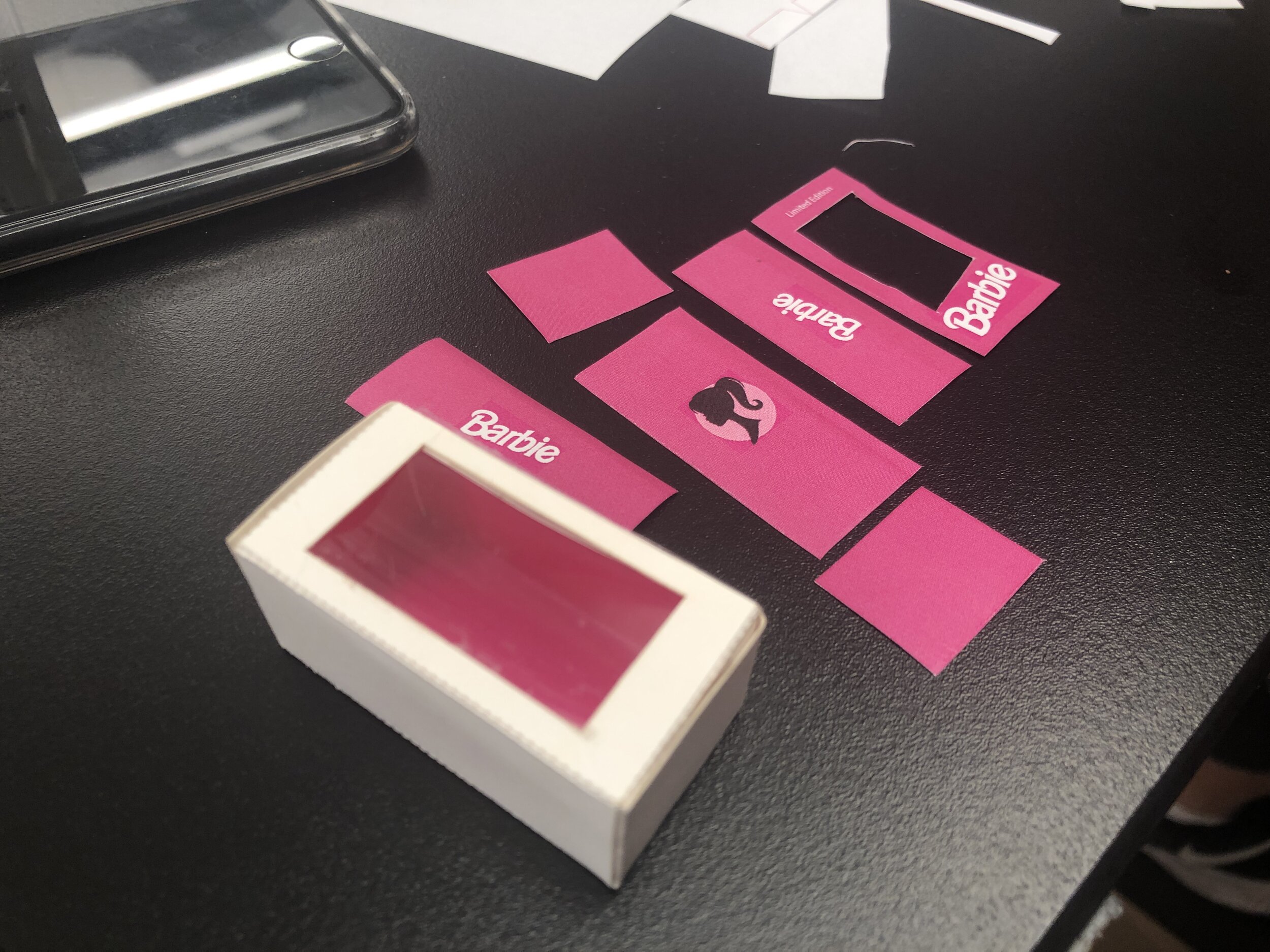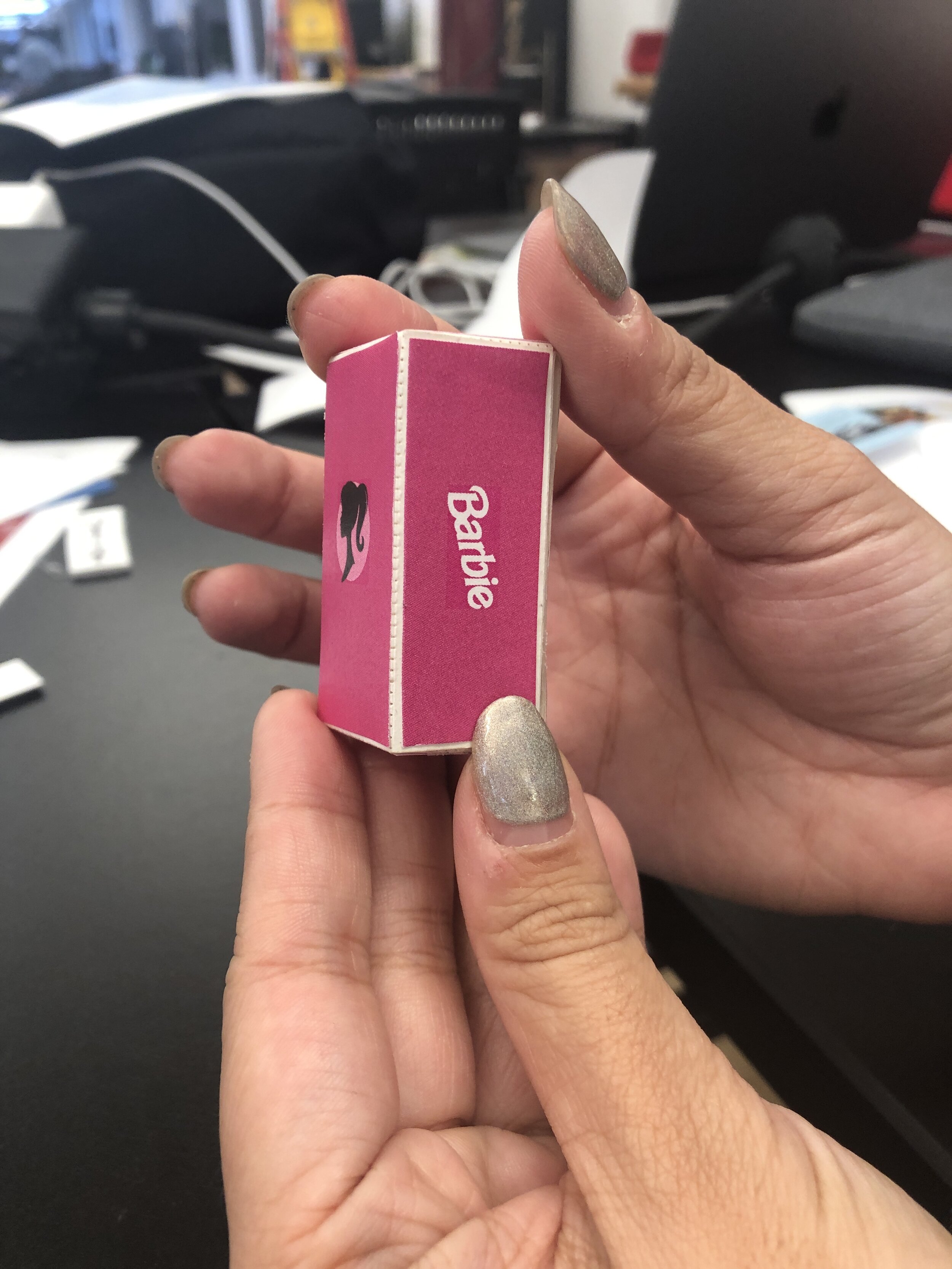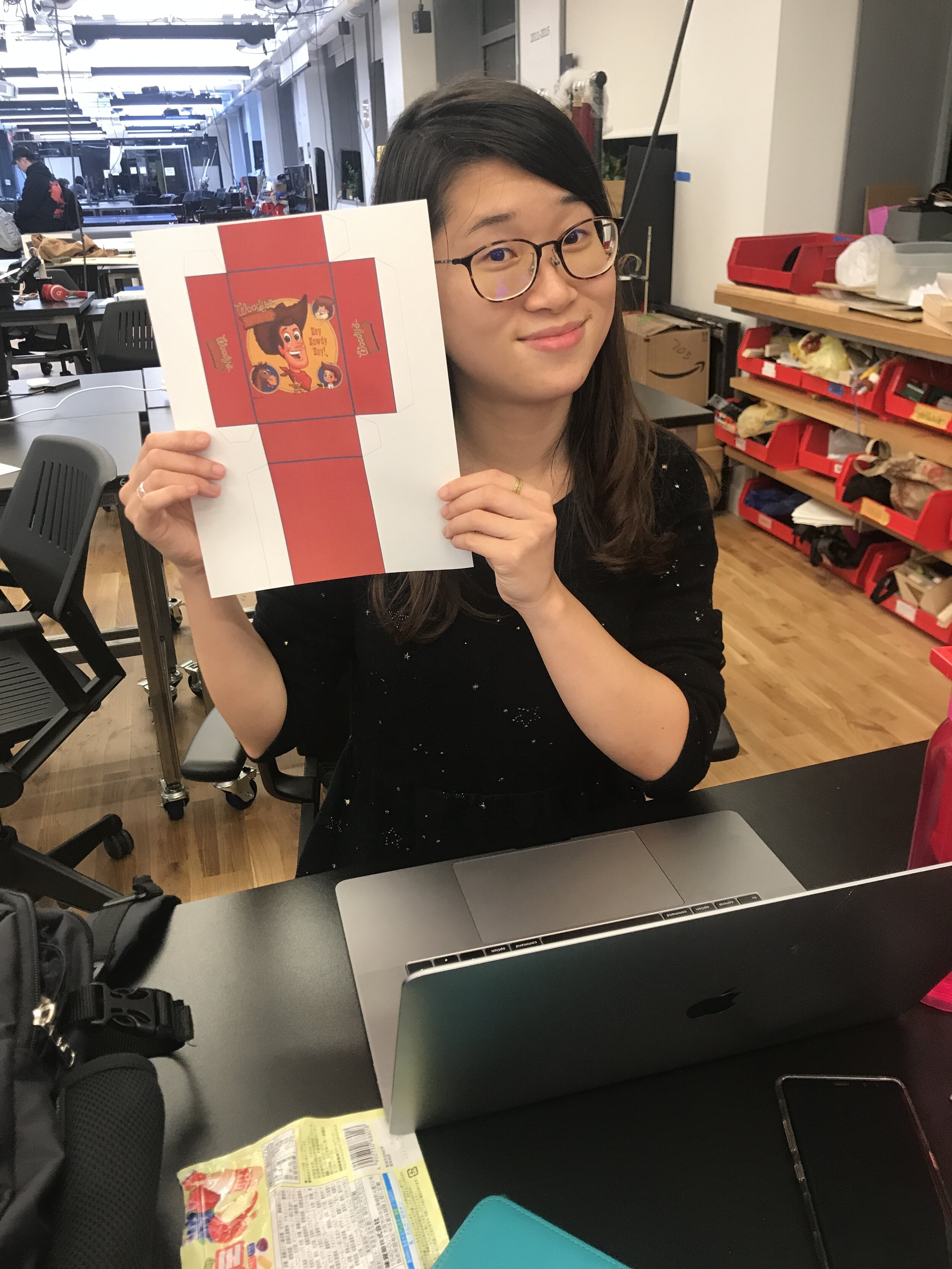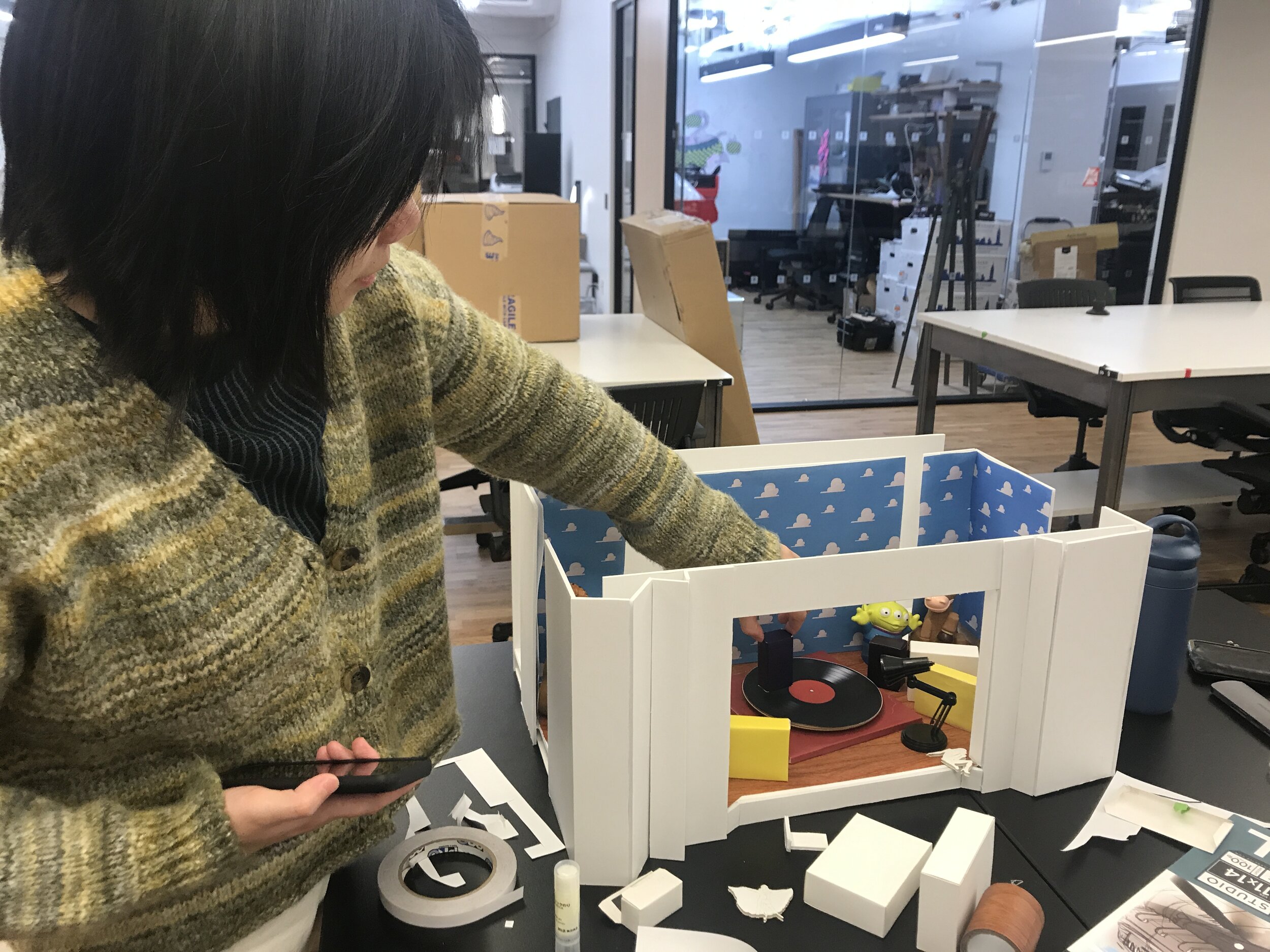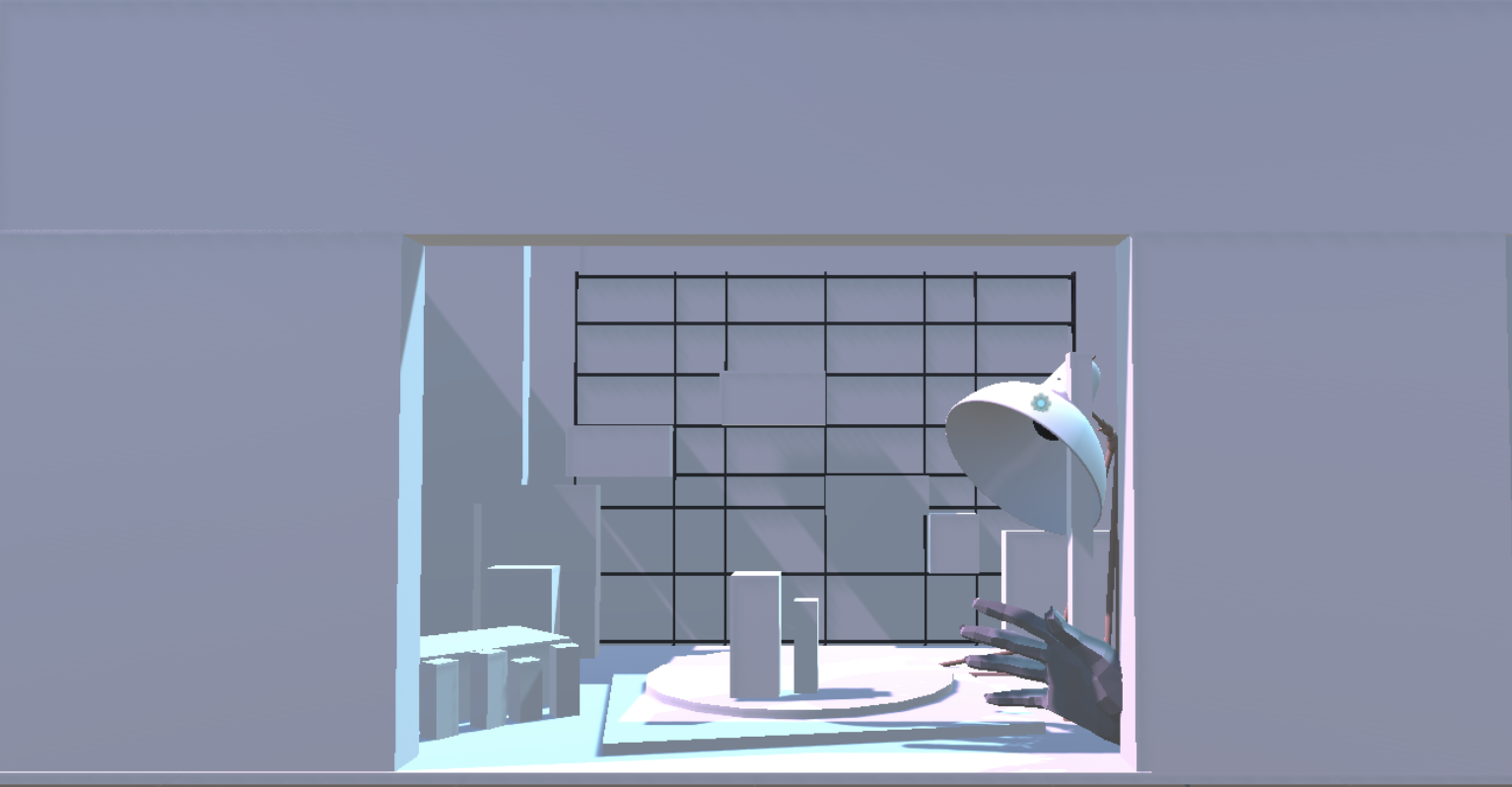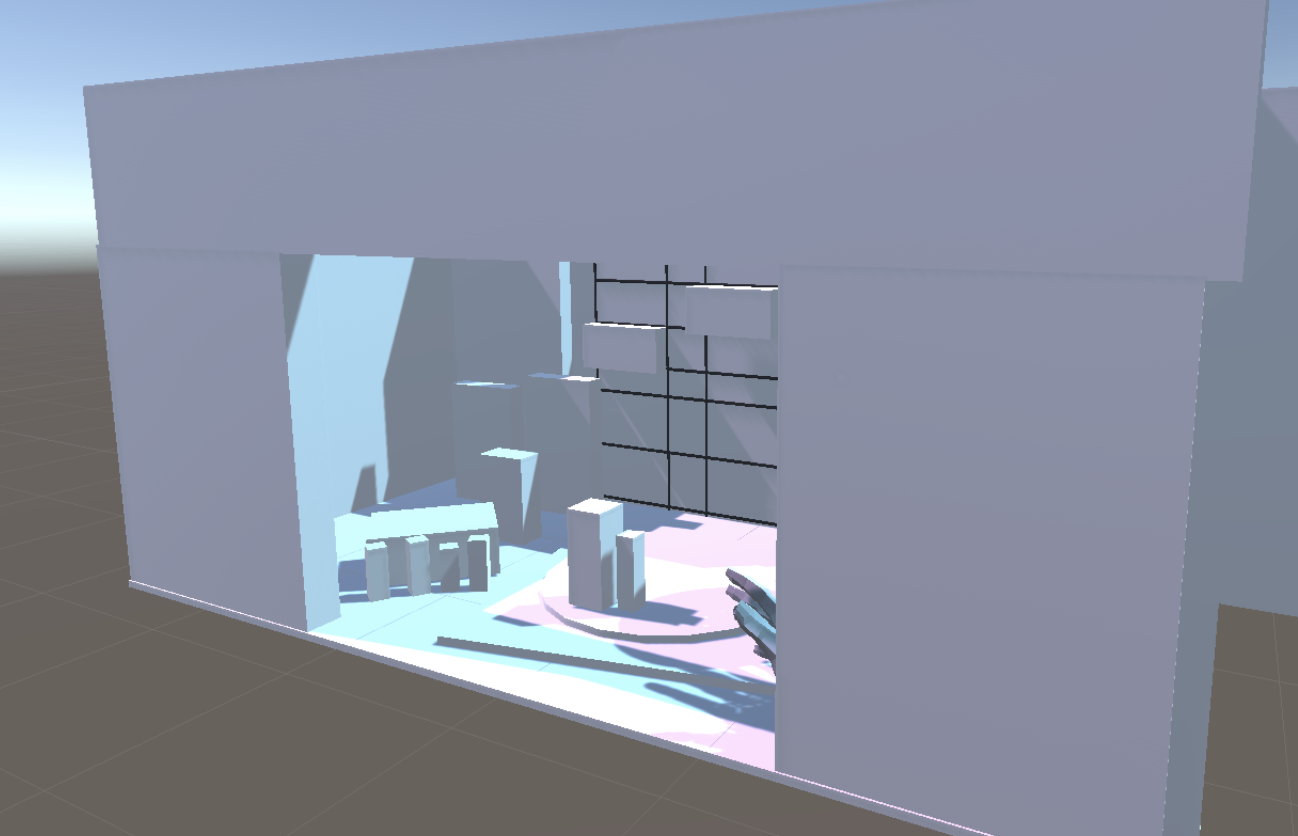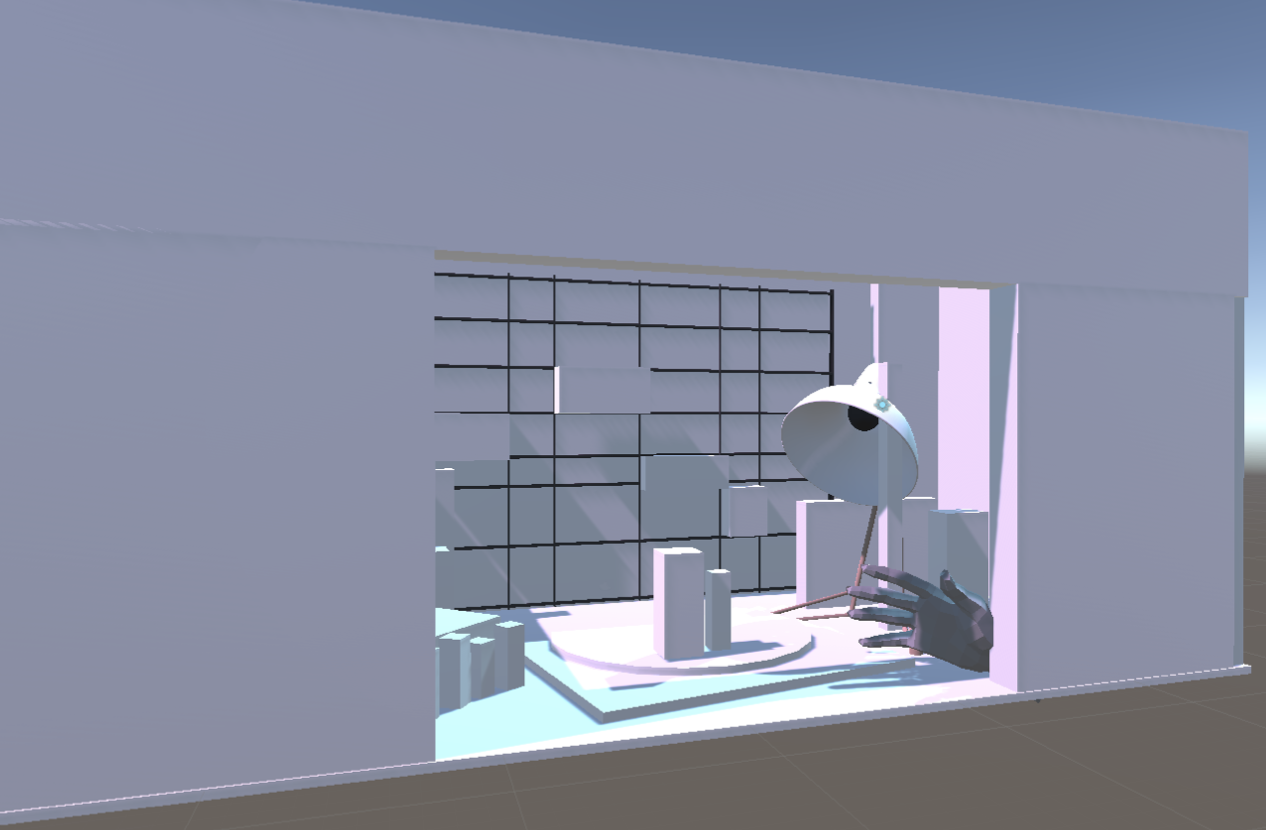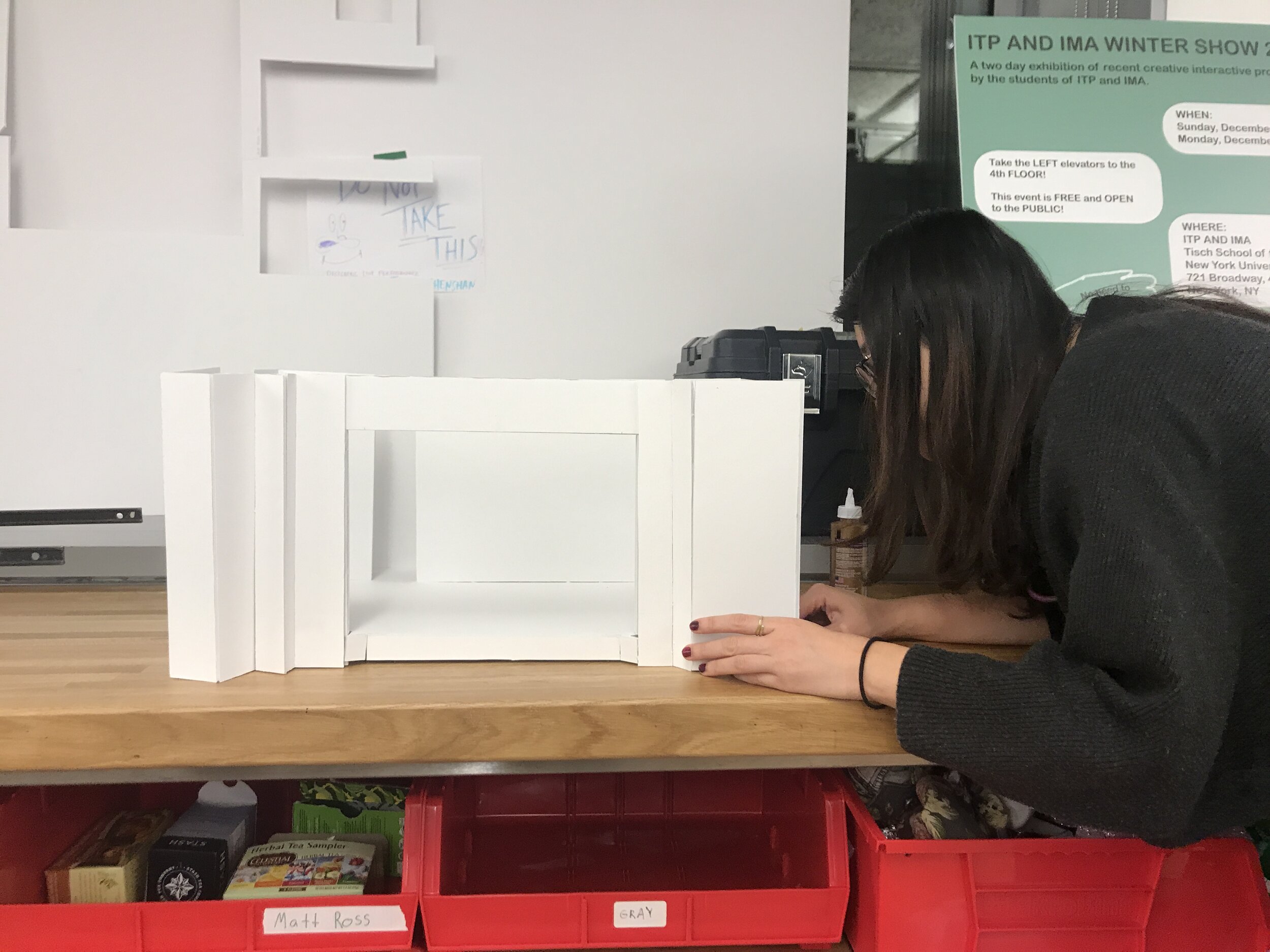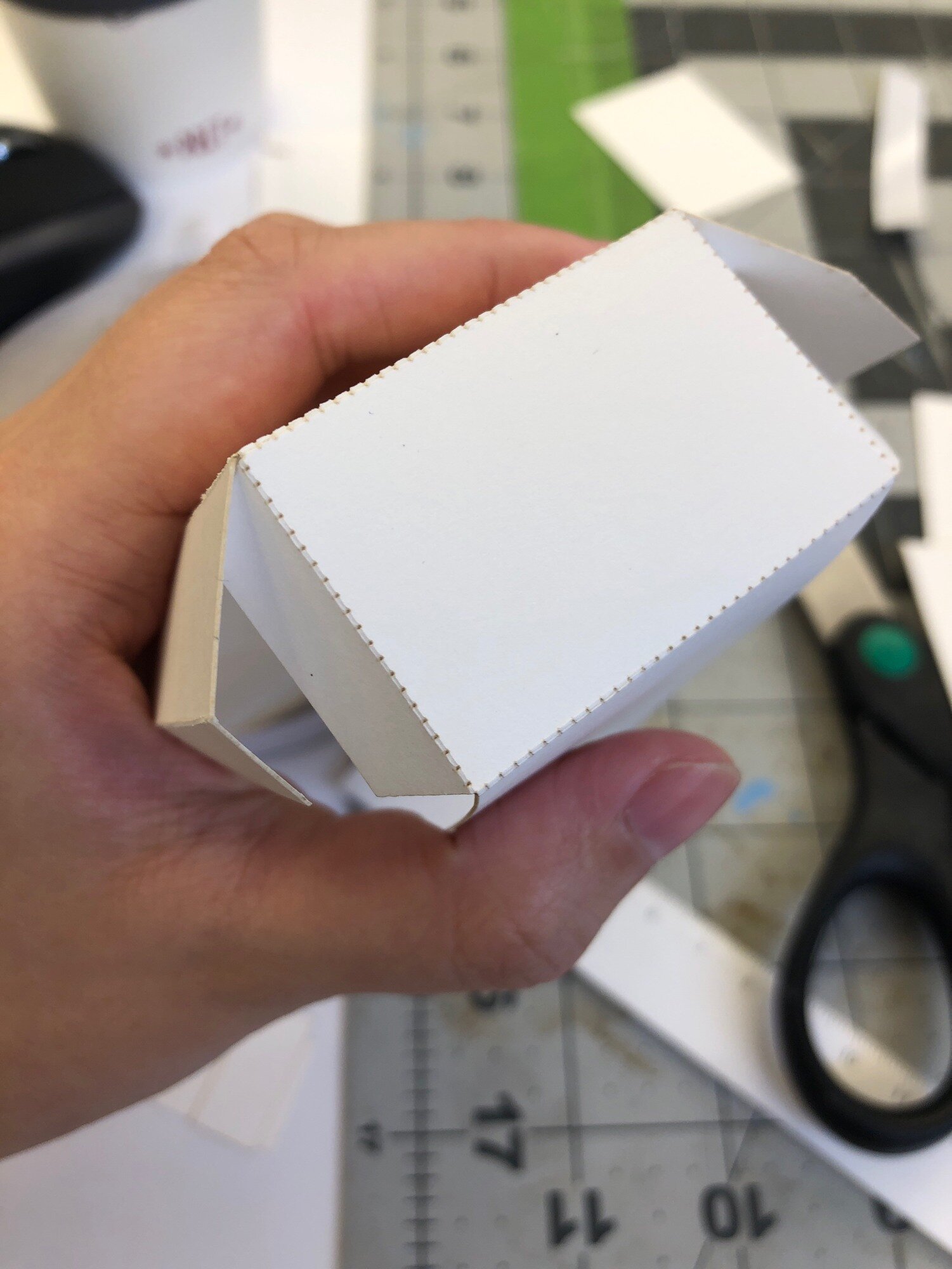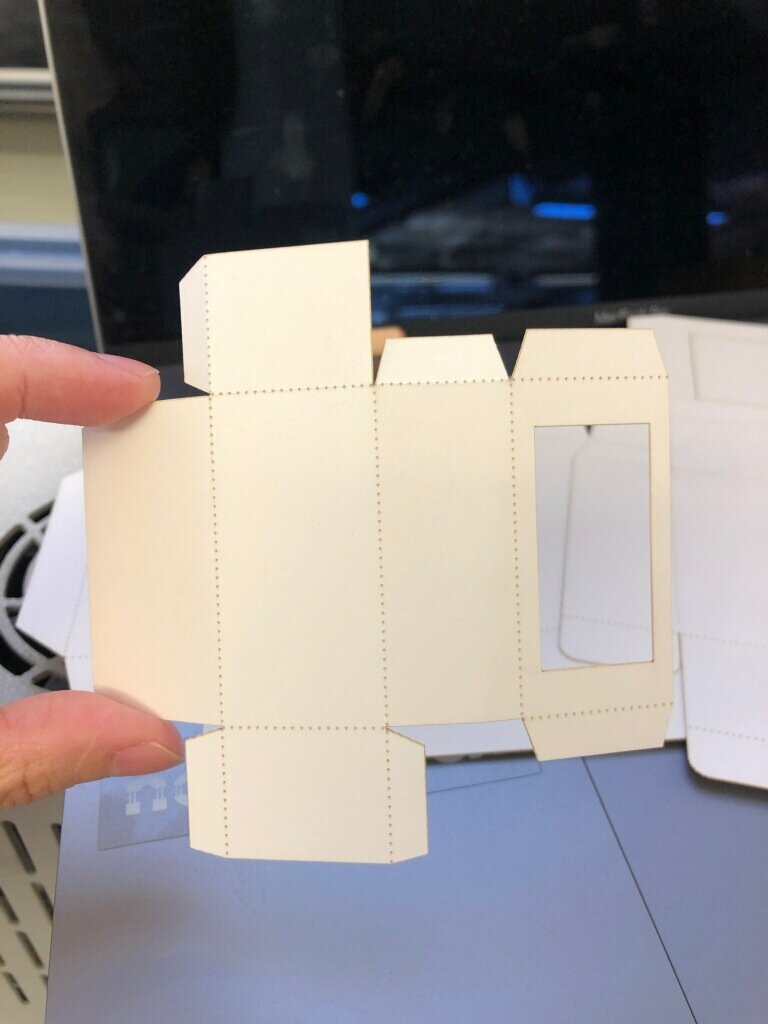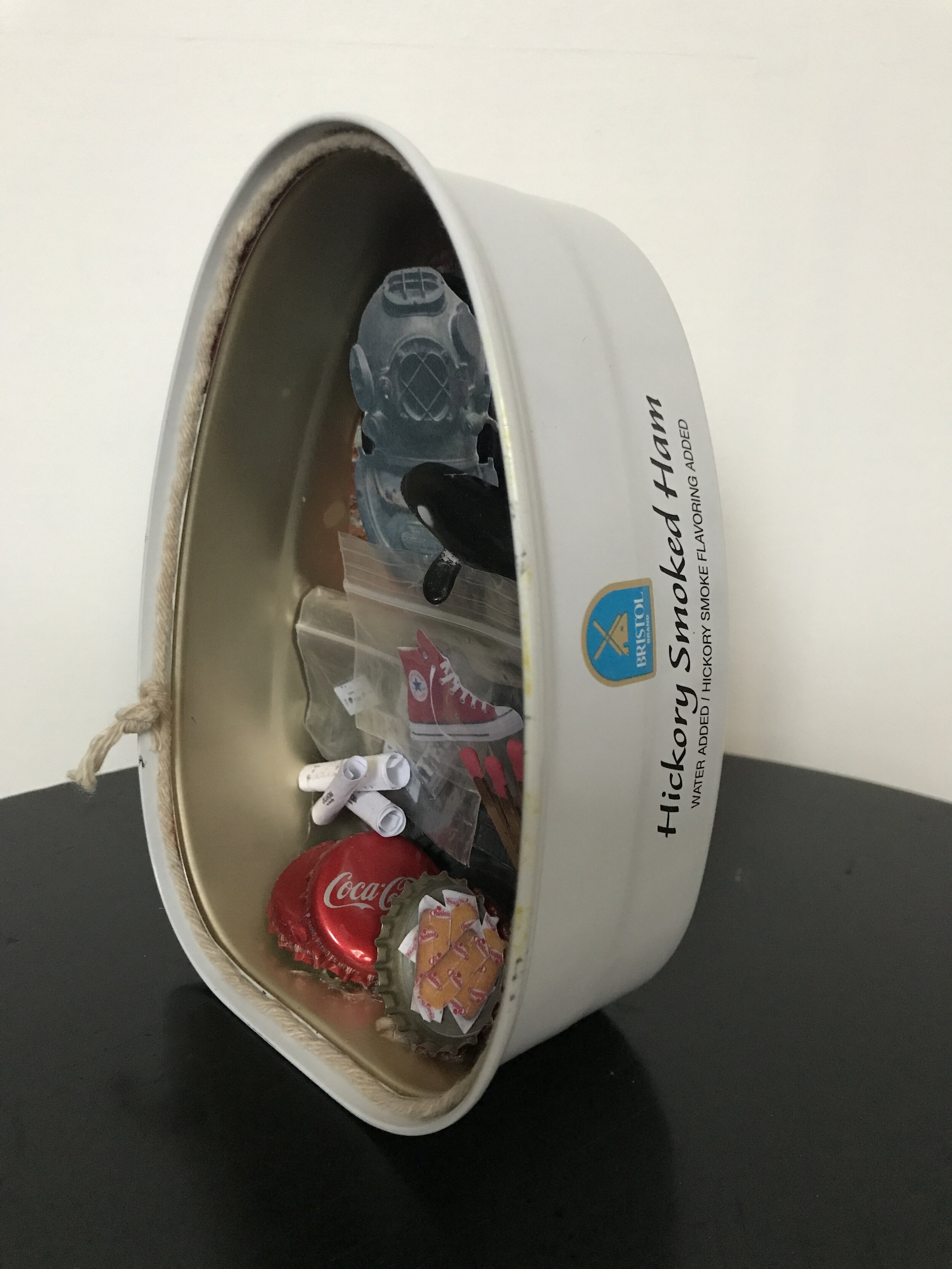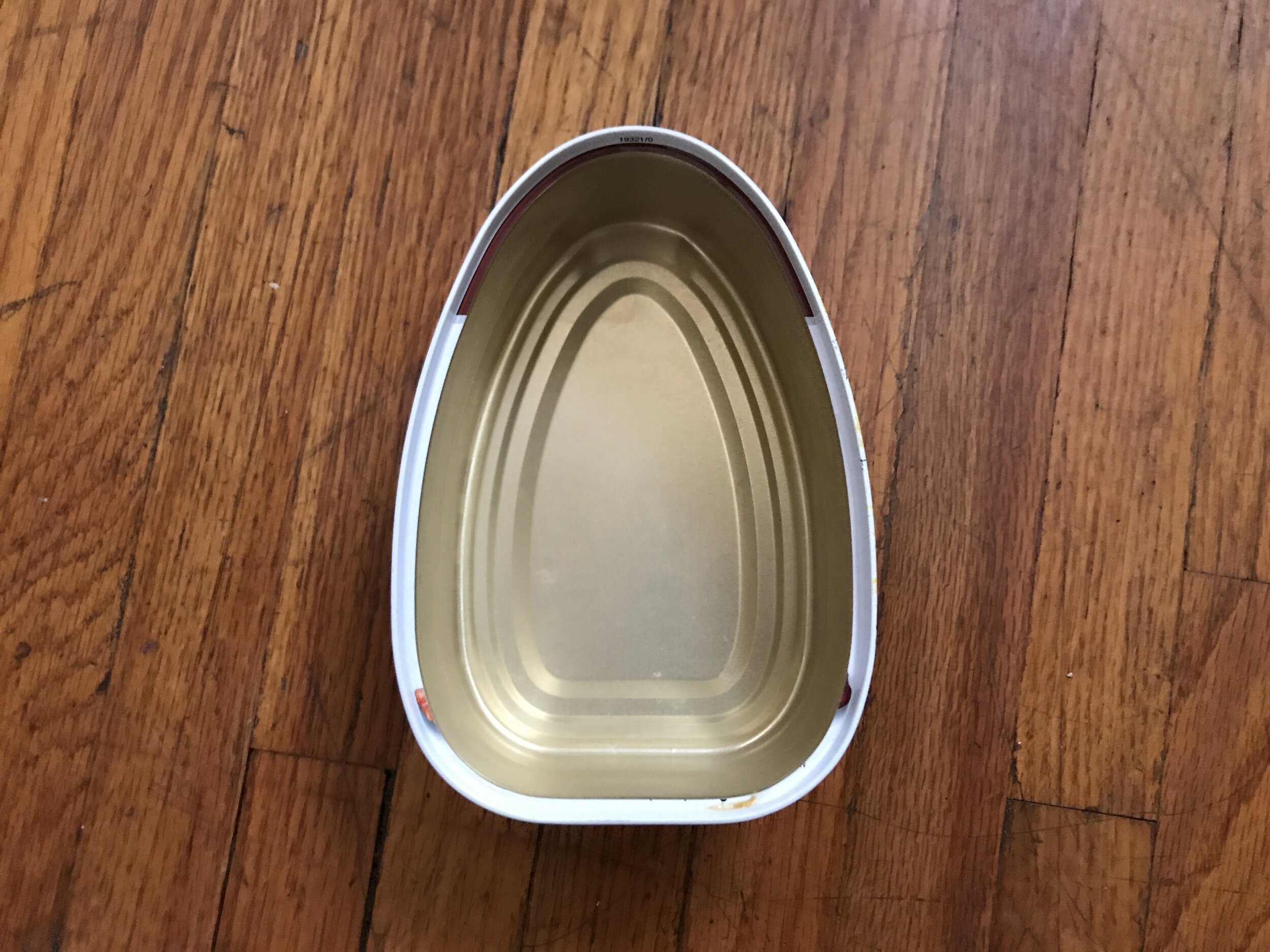THE PLANET OF ARTIFACTS OF CONSEQUENCE
SPACE
The space is an underwater submarine/bunker/shelter. Interior, dark, metal, cold colors. I see metal rivets and rust, electric control panels in places. A cavernous open space, like a deserted warehouse. A labyrinth of file cabinets in the distant. But Ari’s room: warm lights, blankets, cozy, soft in comparison to the rest of the shelter.
TIME
Time is linear on this planet. Occurring over a month or so. Scenes happen every few days. Time is slow in the beginning but speeds up over time. It is marked by Dallas’ returns home, by Ari’s growing love, by Minna’s growing anguish, and by the collection of artifacts. A near future present.
CLIMATE
Post apocalyptic. Water every outside the bunker. Floating shelters exist miles apart maybe. It’s generally cold, foggy, desolate. The world is at its end, the outside is barely livable.
MOOD
The mood on this planet is quiet and expecting. Hopeful at first, distracted. Glimmers of excitement at the sound of “two knocks” and the weeping of the opening airlock. Anxiety during evaluations.
SOCIAL WORLD
This is a public world, which we only peer into through a private space. There are many rules. Necessary rules. Figures have roles, they are arranged by their "duties”. There is a class system, the audience is the aristocracy, the decision makers. Other figures seek our approval. 3 main figures - exaggerated, but relatable. They are puppets that begin to take control of their own strings. They are gaunt, malnourished, pale, but clean. The figures interact with discussion, dance, fighting. They threaten each other with guns. To die by a gun, is still more threatening than to die by the world. We have the power on this planet, the audience, we decide what makes us survive, but we’ve chosen a select few to uphold the rules. How they do so is where we lose control. Language is clipped, staccato, thoughts separated by slashes. Everyone is always vocalizing decision making, sometimes they change their mind.
CHANGES
Because the location remains the same and it is inside, we cannot see how time changes conventionally. There is no day or night, no weather changes. Change is indicated by the figures. Who is there, and who is not. Relationships and how they progress (Ari & Theo). From routine (collecting, evaluating artifacts) to distress (the arrival of Theo) to routine (collecting, evaluating artifacts with the addition of Theo) to distress (the dwindling supply of resources, Minna’s decision to shut it down). By the end of the play, the world remains the same, but the figures within it have changed. Minna lets out all feeling in a cathartic release and leaves, Dallas is banished, Theo finds escape. The only one who remains is Ari, as she is the one that knows no different a world than the one she exists in. The grass is always greener on the other side, unless you don’t know what the other side is.
THE SELF
My opinion of the figures change. Minna is harsh, stern, controlled, frustratingly authoritative at times, but at the end I see someone who has tried her best and lost all sense of morality. I pity, I feel concern, and disappointment. I feel like we've failed her. Ari is delightful, funny in her naivety, but over time, I worry. So many people have invested in her survival, until she is abandoned again like she was from the start and I don’t know if she is ready to take care of herself. She is sheltered in every sense of the word. The planet calls for reflection, to examine who I am, those around me, and how we’ve chosen to shape humanity.
THEATRICAL MIRRORS
There are many mirrors to other worlds. These mirrors are the artifacts. Other plays, works of arts, objects, they exist as time capsules of our present meant to be a recent past in the world of the play. We need these mirrors to provide gravity to the situation.
PATTERNS
Every character has the same goal: survival. Dallas wants the arts of humanity to survive. This is preservation. What are people without what they make? Minna wants the people of the bunker to survive as protocol has dictated to her, but she has chosen those she feels are special. What are people without other people? Ari wants to find the world that exists in the movies and pop culture she consumes. What are people without love and stories? Theo wants to survive the current time. More narrowed focus, Theo just wants to make it to the next day. What are people without breathing?
One simple sentence:
Artifacts of Consequence is a story about decisions.
One complex sentence:
Artifacts of Consequence is about how we decide what best represents humanity.
Three to five sentences:
Artifacts of Consequence is a story about how in a post apocalyptic world, we must make crucial decisions for both self preservation and preservation of humanity. With survivors contained in an underwater bunker, only certain people have been chosen as decision-makers: a group of evaluators that assign value to humanity’s artifacts, Minna - a woman in charge of running the facility and organizing the artifacts, Dallas - the gatherer of outside objects and resources. The decision-makers guide Ari - a naive girl who knows no other world but the bunker, and Theo - an outsider determined to survive another day. When all hope is lost, the characters must decide where their trust truly lies - with their companions, with the rules of a created system, or with themselves.
